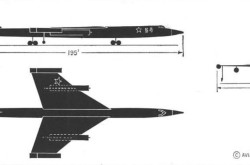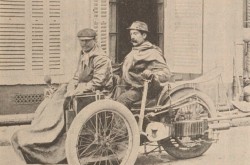The Second Dawn of the Aurora
Synopsis:
Colonel Ernie Cable, CD (Ret’d) explains from his own personal experience what he calls the “First Dawn of the Aurora,” giving background on Canada’s multi-mission, maritime/Intelligence Surveillance Reconnaissance (ISR) aircraft version of the Lockheed P-3C Orion aircraft with Lockheed S-3A Viking avionics and sensors which the Royal Canadian Air Force (RCAF) calls the Aurora.
In his presentation, Col. Cable covers the Aurora program from the 90s to the present. Modifications from 2011 forward – with Block II upgrades marking what he calls the “Second Dawning of Aurora” – established the Aurora as a world class maritime/ISR aircraft. Also covered are operational examples including Libya in 2011 (Operation Mobile) and Iraq / Syria from 2014 to present (Operation Impact).
Presenter: Ernie Cable
Ernie Cable is a retired Colonel and former Royal Canadian Airforce Squadron Leader. He was first involved with the CP-140 as the Operational Requirements Manager in the Aurora program office, and later as the Director of Requirements.
His Aurora operational roles in Anti-Submarine Warfare (ASW) included exchange duties with the U.S. Navy, Naval Air Development Center in Warminster PA where he was responsible for the software design and systems flight testing for the P-3C Orion Update, and training the first U.S. Navy squadron to convert to the updated Orion. In 1980, Ernie assumed command of 405 Squadron in Greenwood where he led the squadron through the transition from the Argus ASW aircraft to the CP-140 Aurora. Prior to retirement in 1995, he held several Deputy Chief and Deputy Commander assignments.
Transcript
The Second Dawn of the Aurora



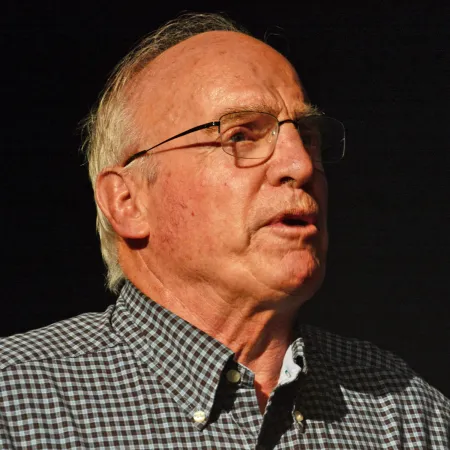

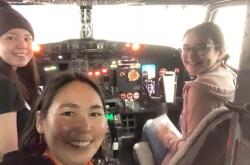


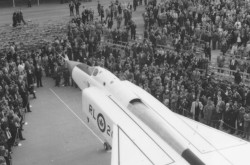
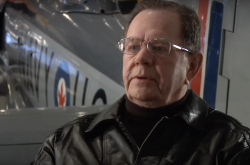

![A block of photographs showing some of the people involved in the bombing of beluga whales in the estuary and gulf of the St. Lawrence River. Anon., “La chasse aux marsouins [sic]. » Le Devoir, 15 August 1929, 6.](/sites/default/files/styles/thumbnail_7/public/2024-09/Le%20Devoir%2015%20aout%201929%20page%206.jpg?h=584f1d27&itok=TppdLItg)







